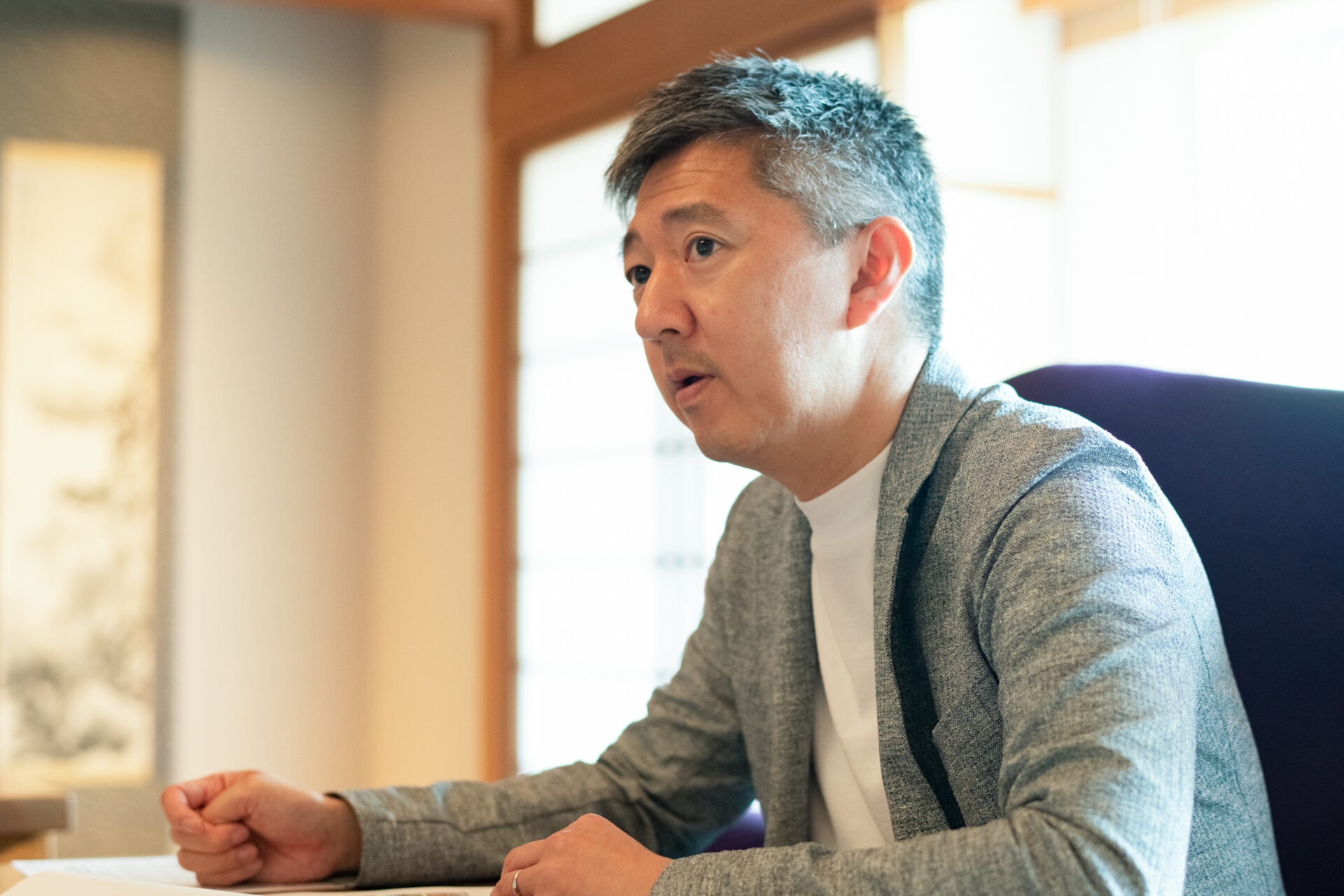Tea is not just for drinking, but also is about thoroughly savoring a moment and space.
Ureshino City in Saga Prefecture is providing a new way to travel that is based on the concept of finding the perfect cup of tea through “Tea Tourism.”
They approach the tea experience in various ways to add color to your travels, offering plans such as: the “Tea Experience,” where tea farmers serve tea themselves, the “Tea Butler” where one stays in a ryokan and enjoys tea-pairing meals, and the unique “Tea Cycling” bicycle rental experience.

We visited Ureshino in the spring of 2021, drawn to the idea of “Tea Tourism” and its explorations of new ways to enjoy tea. We interviewed Kohara Yoshimoto, a key person in the project and owner of Watayabesso, a long established ryokan, or a traditional Japanese inn, in Ureshino.
A historic hot springs and tea town
Ureshino, located in the western part of Saga Prefecture, is a hot springs town with a history of 1,300 years. It is a travel destination that attracts many tourists from Kyushu and all around Japan.
The region is surrounded by mountains and the landscape is filled with greenery, including the view of the many tea plantations in the area. Blessed with thick, misty weather, clean air and water, it is said to be an ideal place to grow tea.
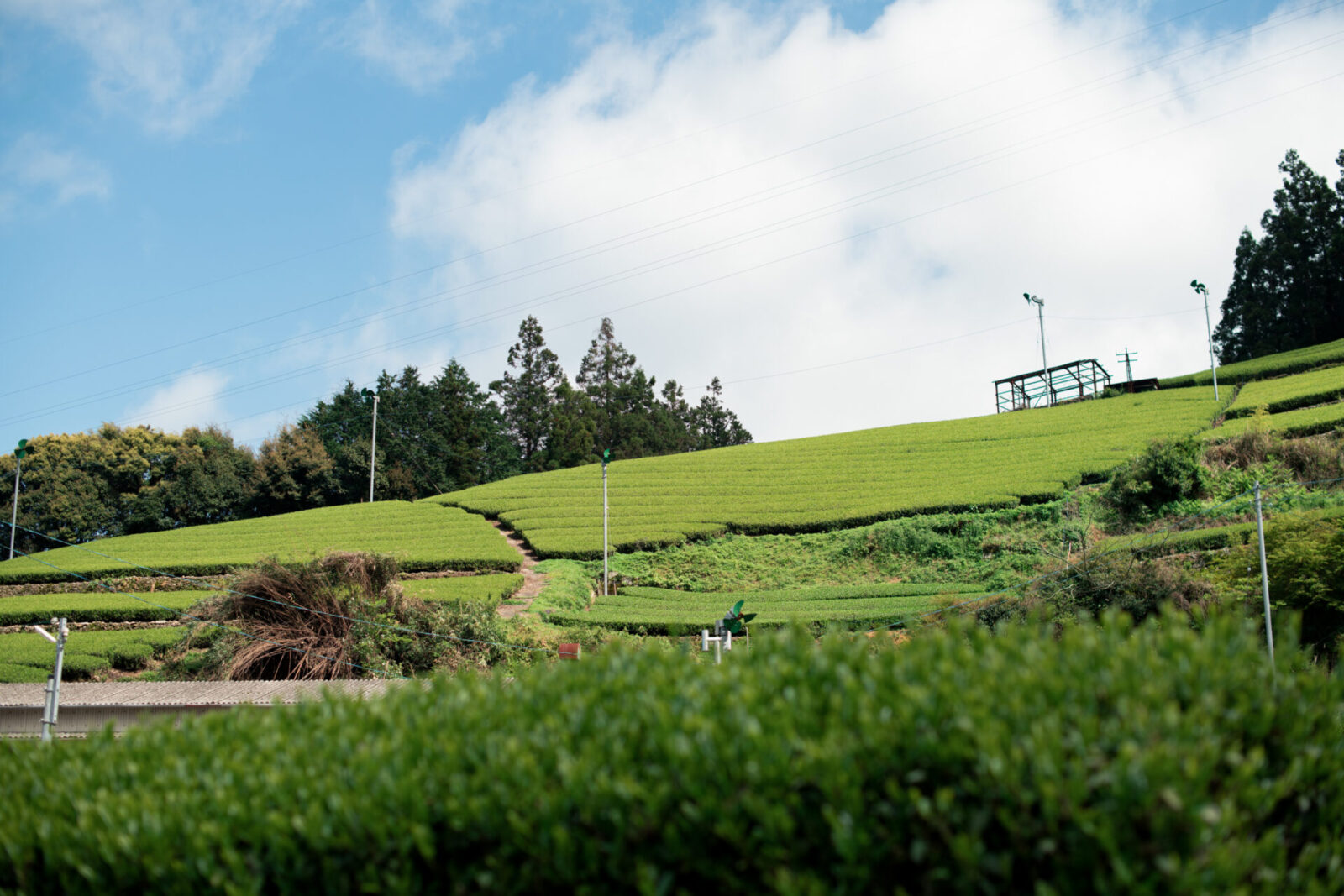
Ureshino tea has a distinct aroma and flavor. The tea leaves have a unique rounded shape that is uncommon in Japan, and this tea is known as Tamaryokucha, or guricha, which means “curly tea.”
This place is also known as the birthplace of kamairicha, or“roasted tea,” which is roasted in an open-hearth pot. In recent years, they have been venturing out and growing new Japanese teas such as Japanese black tea and oolong tea.

The Watayabesso ryokan was built 70 years ago, and the Ureshino River flows slowly through its perimeters. If you listen carefully, you can hear the sound of the running river.

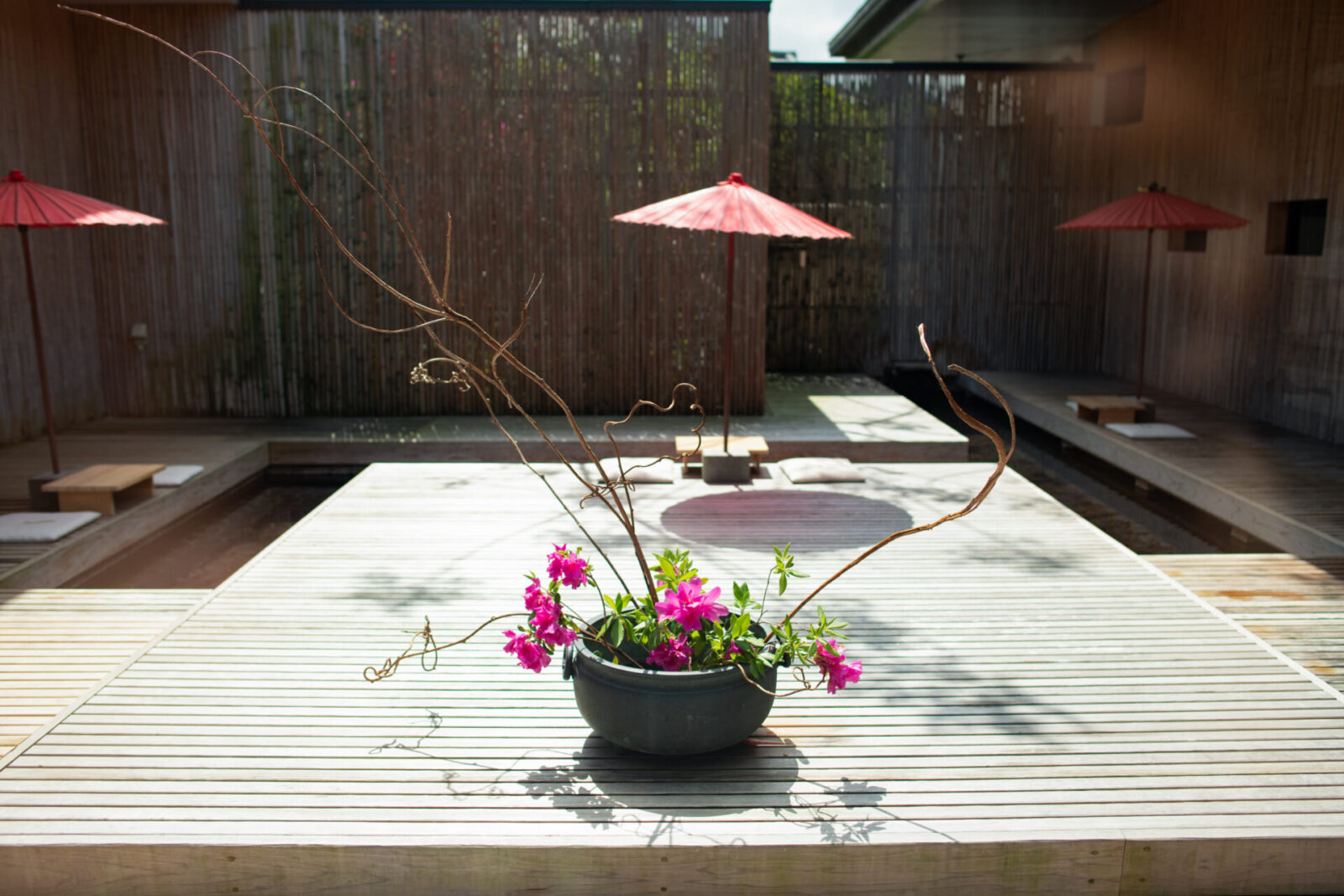

“Tea Tourism” is a combination of Ureshino’s historic culture which includes hot springs, tea, and Hizen Yoshida Ceramics, which has a history of 400 years.
Owner of Watayabesso, Kohara, explained how and why they started “Tea Tourism.”
“With hot springs, tea, and pottery, Ureshino is the only regional city where these three universal cultures coexist and we combined them into one. The project is produced and sustained by the local residents.”
“Our vision is for people to travel to Ureshino in search of a special cup of tea. One experience we provide is drinking the newly harvested tea brewed by tea farmers on a Tenchadai, a tea table set up on a hill overlooking Ureshino. Visitors to the city can also stay the night at a tea-themed ryokan room. These are the experiences we wanted to prioritize.”
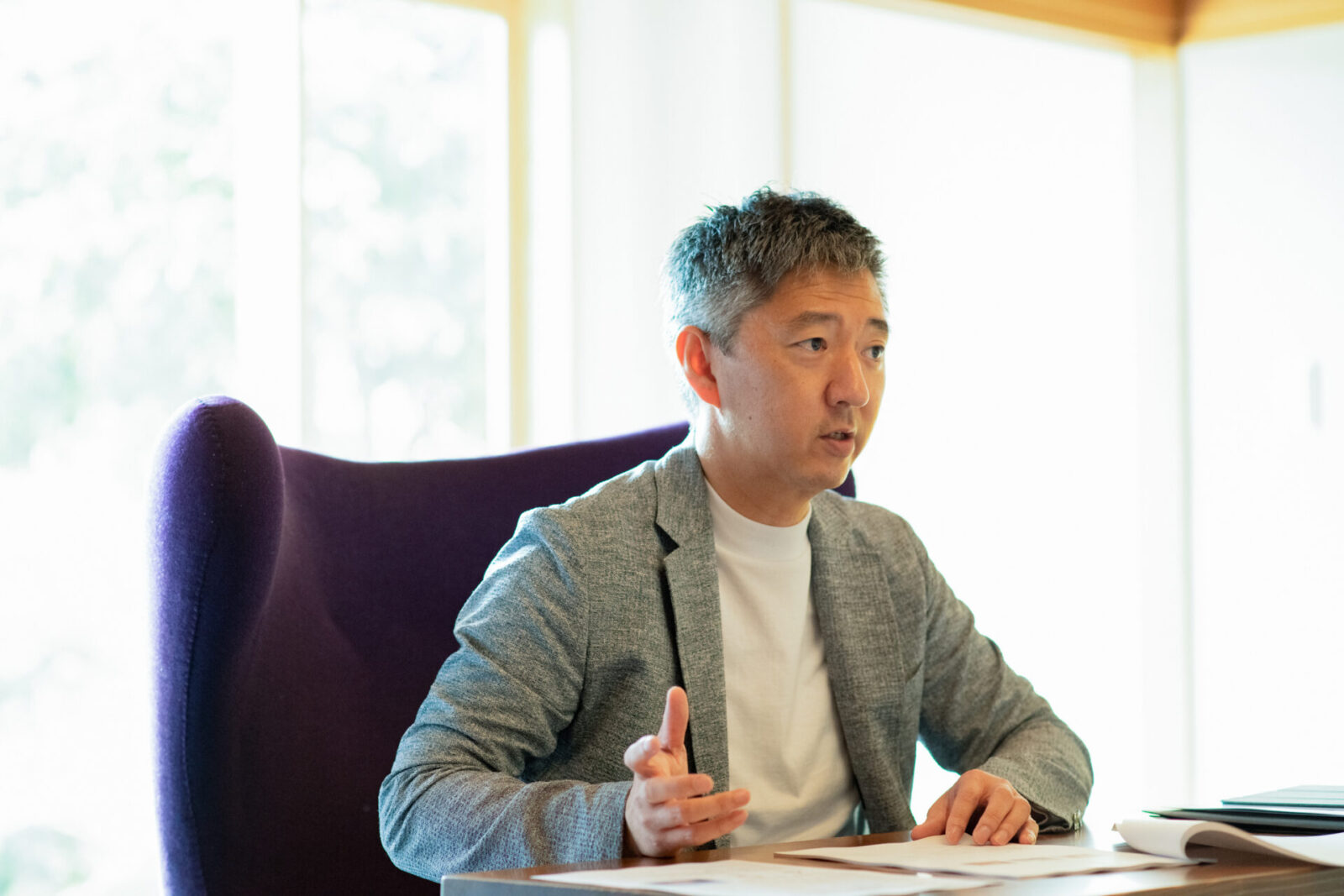
A new tea scene, birthed in Ureshino
Here, we will introduce some of the tea tourism activities produced by Kohara and his team. For a day trip, the “Tea Experience” and “Tea Cycling” are ideal.
The “Tea Experience” are tea ceremonies held in unique tea spaces set up in four locations, including the tea fields of tea farmers in Ureshino and the kiln of Hizen Yoshida Ceramics.
For example, the Tenchadai, which is a tea table set up on the hill at the Soejimaen tea farm, is located in tea plantations at an altitude of 200 meters. It is essentially an outdoor tea house. One can enjoy tea brewed by tea masters outdoors, under the sun, surrounded by nature, and taking in the scenery of Ureshino city.
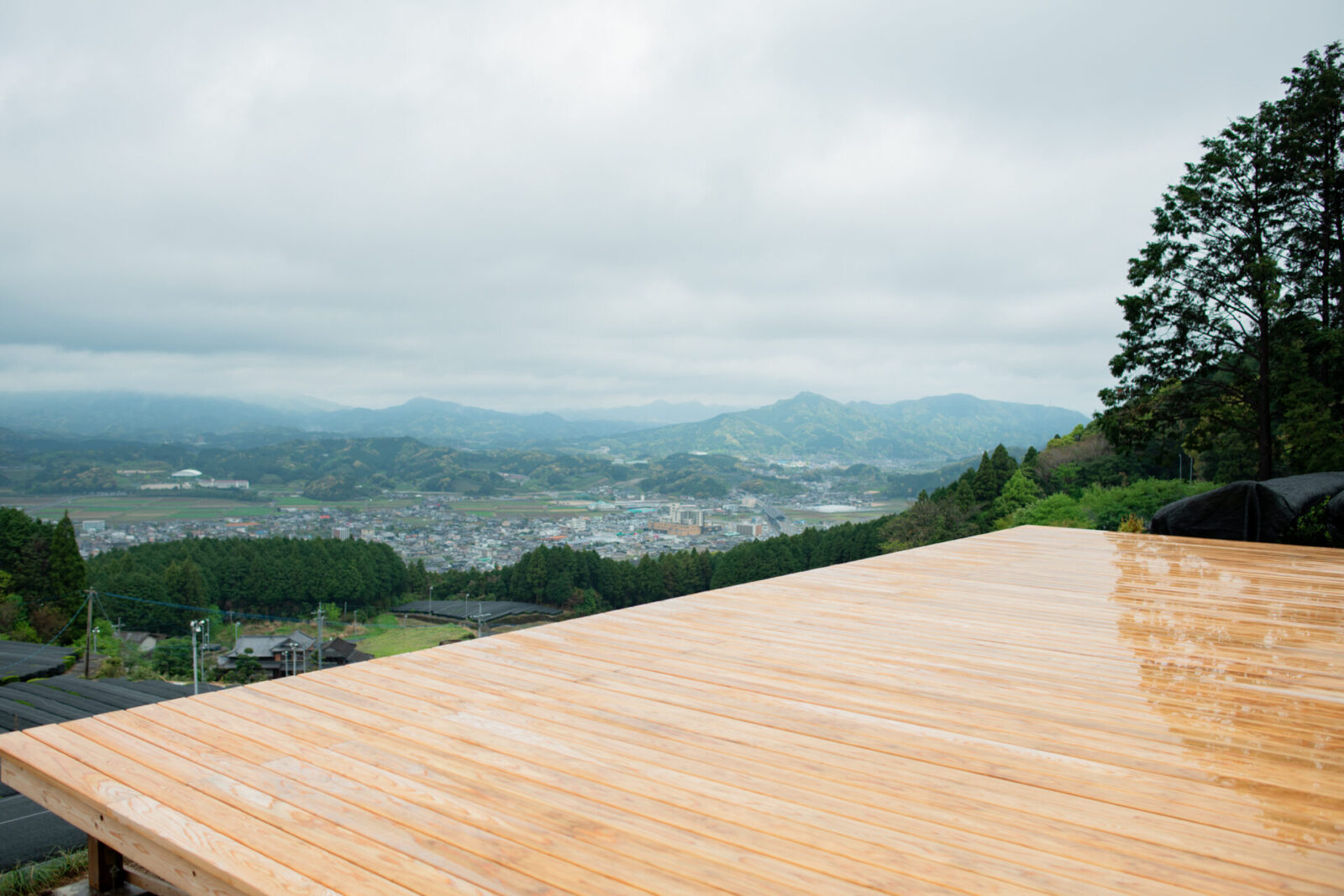
To get to these tea houses nestled in the tea fields, one can do “Tea Cycling,” a bicycle or cab ride that comes with a tea drink.
Shimomura Cycles, located on the main street of the Ureshino Onsen Town, rents out various bicycles such as road bikes and cross bikes.
In “Tea Cycling,” you can choose from 13 different Ureshino teas that will accompany your trip. The tea is put in a water bottle with mineral water, and the movement from pedaling the bicycle creates a cold-brew tea.


If you stop by the tea shop of your chosen tea while cycling through the town, they will give you a free refill.
It is a fun and stylish way to explore the city, and allows you to cycle to the various sightseeing spots of Ureshino City. When you get tired, you can take a break with your bottle of tea.
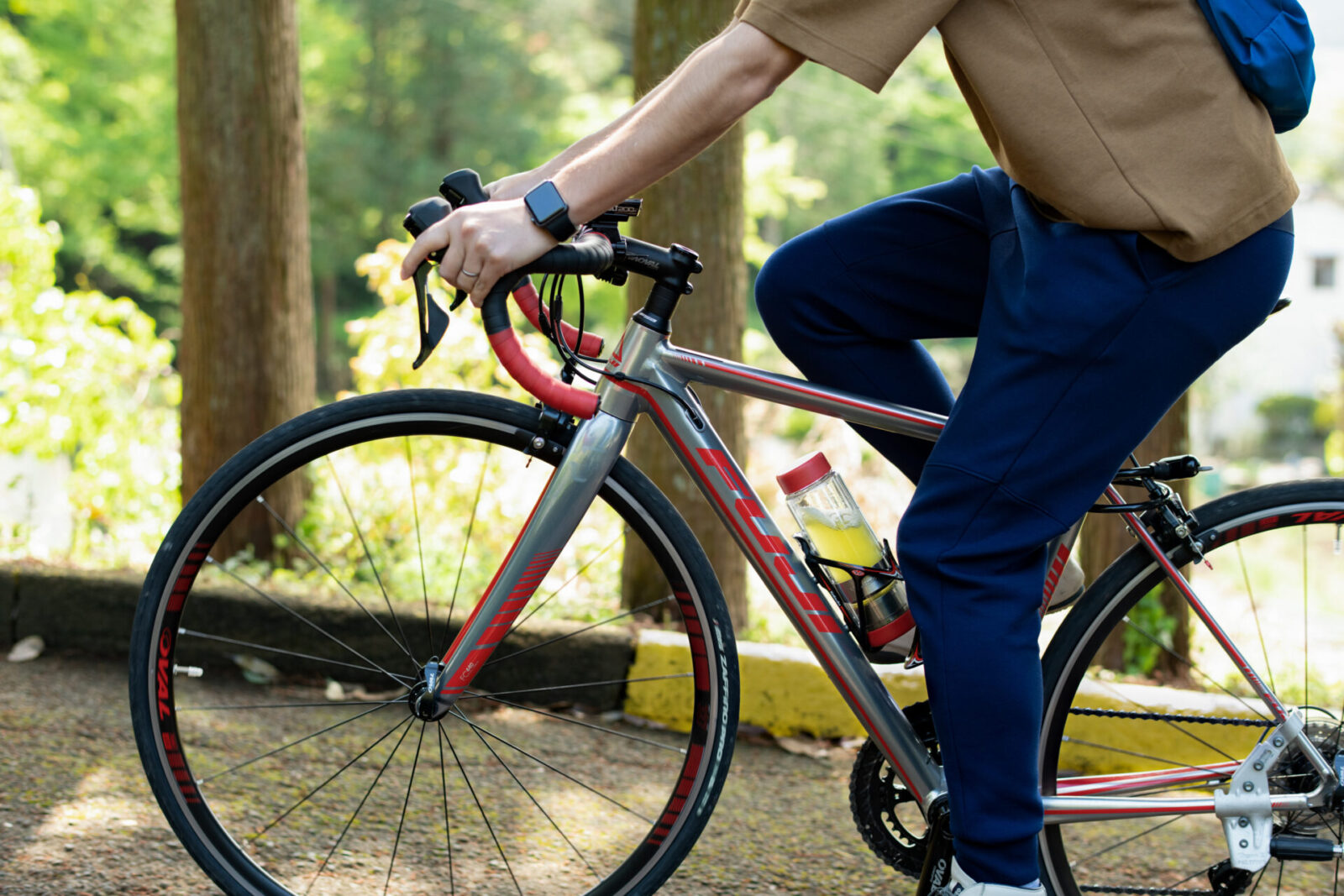
The “Tea Butler” experience is not available during busy periods for the farmers, such as the tea harvesting season, but it combines the tea experience with an overnight stay. Each group is assigned a tea butler, or a tea master, who will take care of all their tea experiences during the stay, such as serving a welcome drink, accompanying the group to the tea plantations, performing tea ceremonies on the Tenchadai, a tea table on a hill overlooking Ureshino, and doing tea pairings for the evening meal.
In the tea pairing course at Rikyu, a Japanese restaurant in Watayabesso, each dish is served with the best matching tea. The tea is supervised by Shuichi Kitano of Kitano Chaen, a tea farm that focuses on organic tea cultivation.
The pre-meal tea is the Ureshino favorite: organic Tamaryokucha, or guricha, which means “curly tea.” The white tableware is all Hizen Yoshida ceramics.
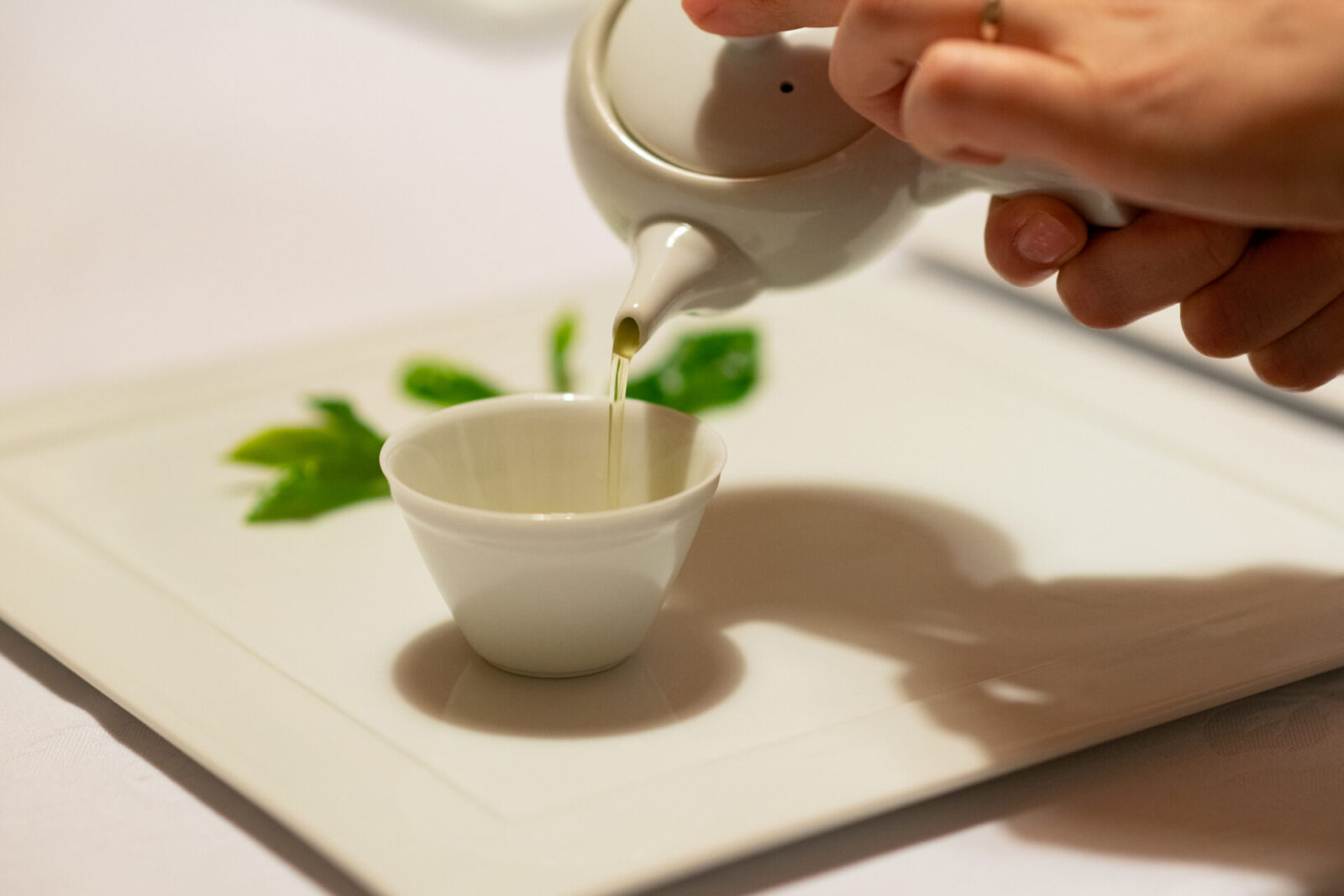
The melt-in-your-mouth Saga beef cooked in hot spring water is accompanied by a fragrant summer-picked organic black tea. The combination of local cuisine and Ureshino tea will surely put a smile on your face.
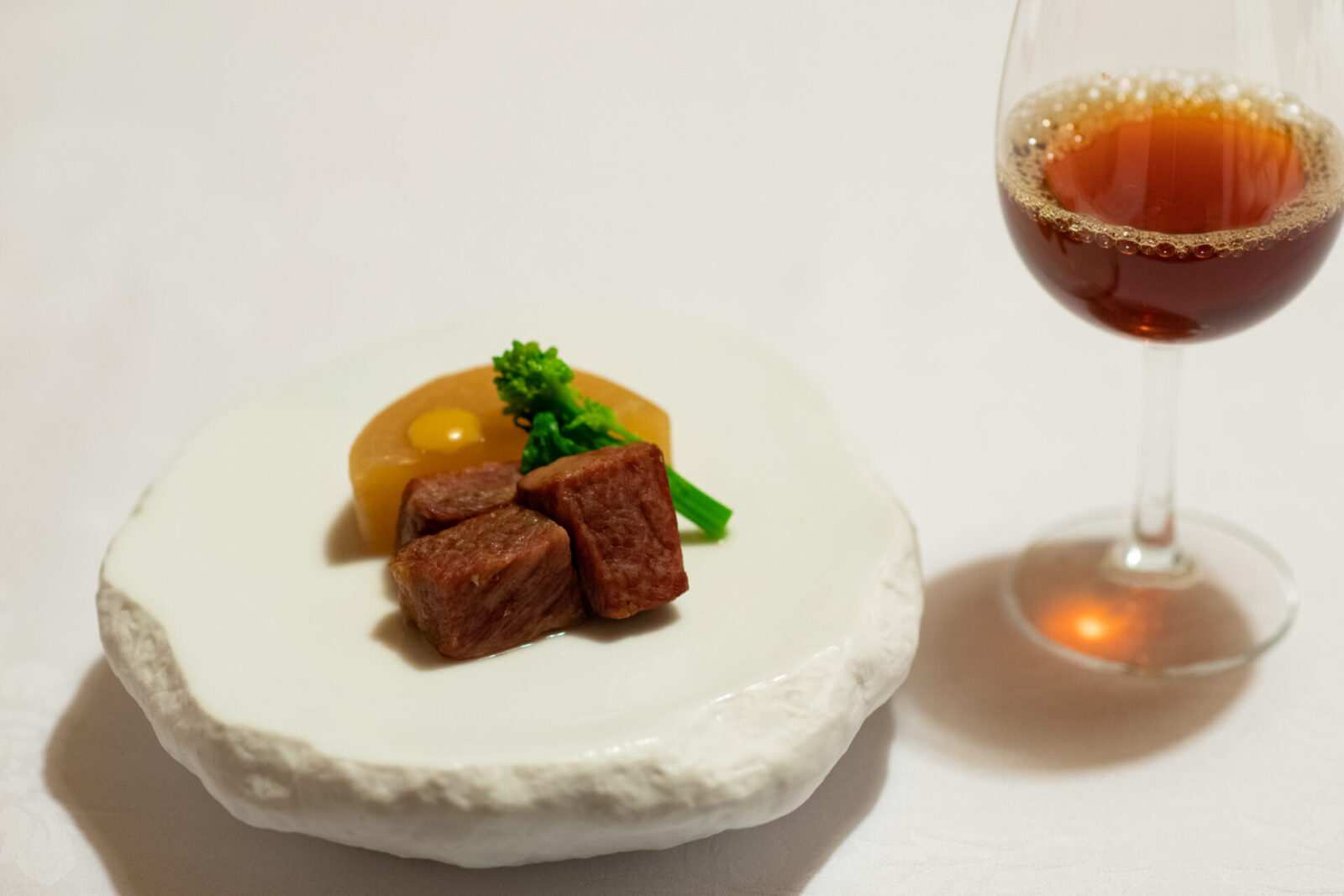
The plump Spanish mackerel grilled with sake and salt is accompanied by organic spring-picked hojicha, or roasted green tea, and is fragrant and refreshing.
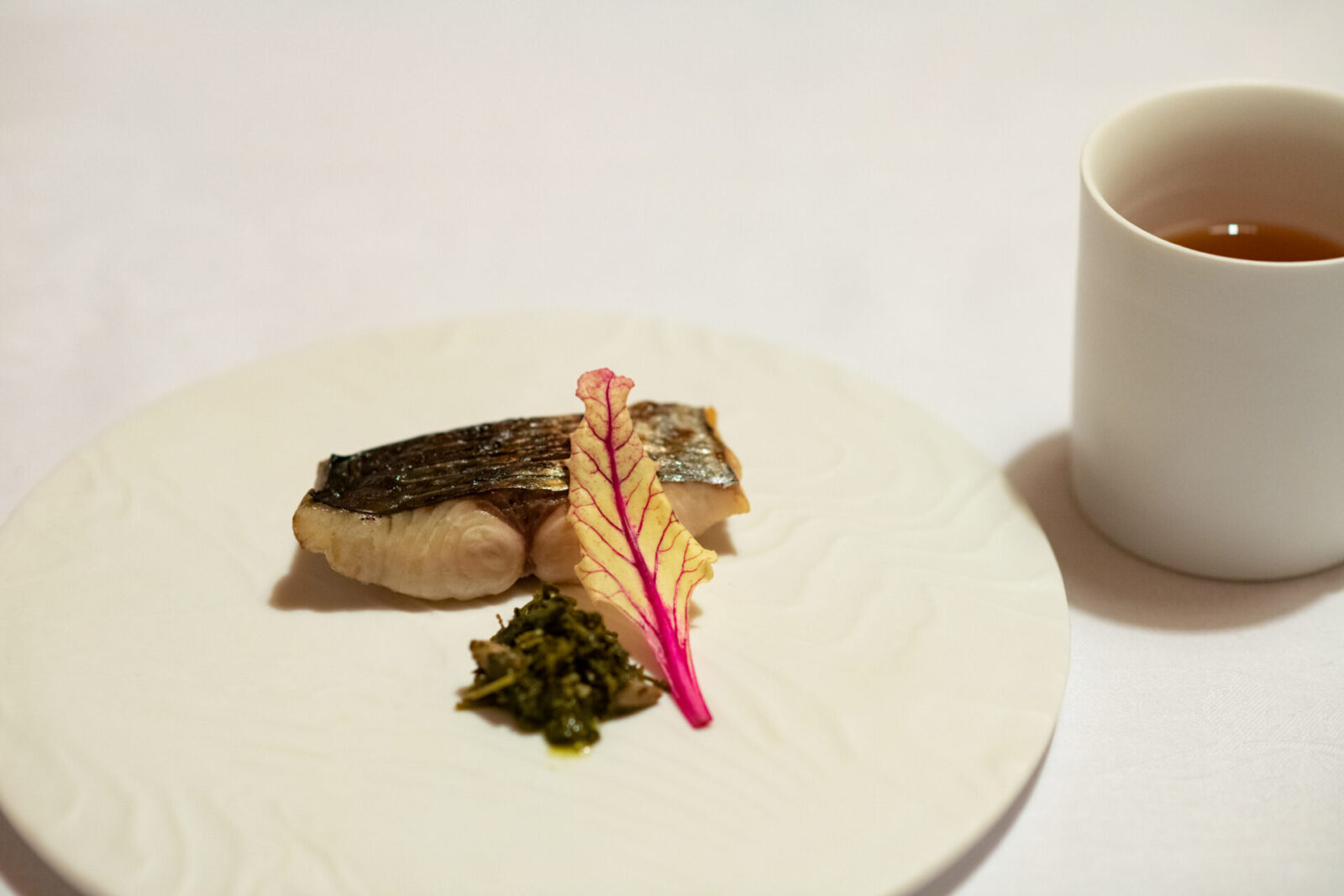
The after-meal tea is an organic sencha tea that is full of flavor and very relaxing.
On this day, the course served a total of seven different kinds of tea. It allowed us to experience and enjoy the diverse flavors and aromas of Ureshino teas.
Kicked out of the family ryokan business
From Watayabesso’s tower building designed by architect Kisho Kurakawa, one can oversee the whole city of Ureshino.
The ryokan is built on a property that is 16 acres in size with a river running through it. There is a hot spring, restaurant, moon viewing platform, footbath, and a miniature garden where guests can take their time to relax.
In order to adapt to the changes in working styles brought by the coronavirus pandemic, they renovated a section of their guest rooms in the spring of 2021 to make satellite offices that are available for companies to rent. This new business model has garnered a lot of attention.
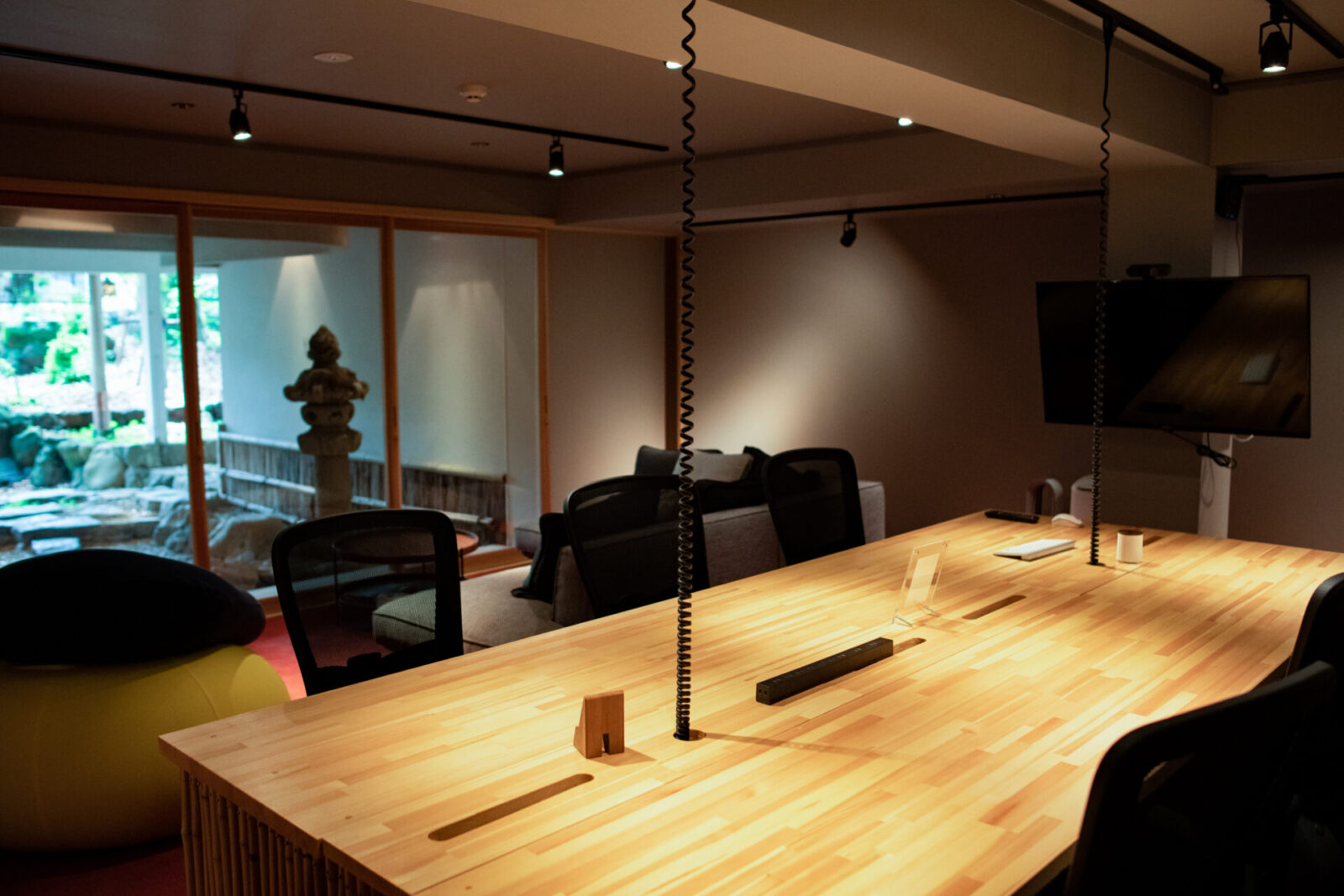
Kohara became the third president of the ryokan in 2013. Even under the limitations of the pandemic, he has succeeded in making a collaboration between French confectionary Pierre Hermé Paris and Ureshino tea a reality, and has designed a plan for a library called BOOKS & TEA where people can enjoy a space for reading and tea.
However, Kohara reveals that he was a “spoiled brat” until his 20s.
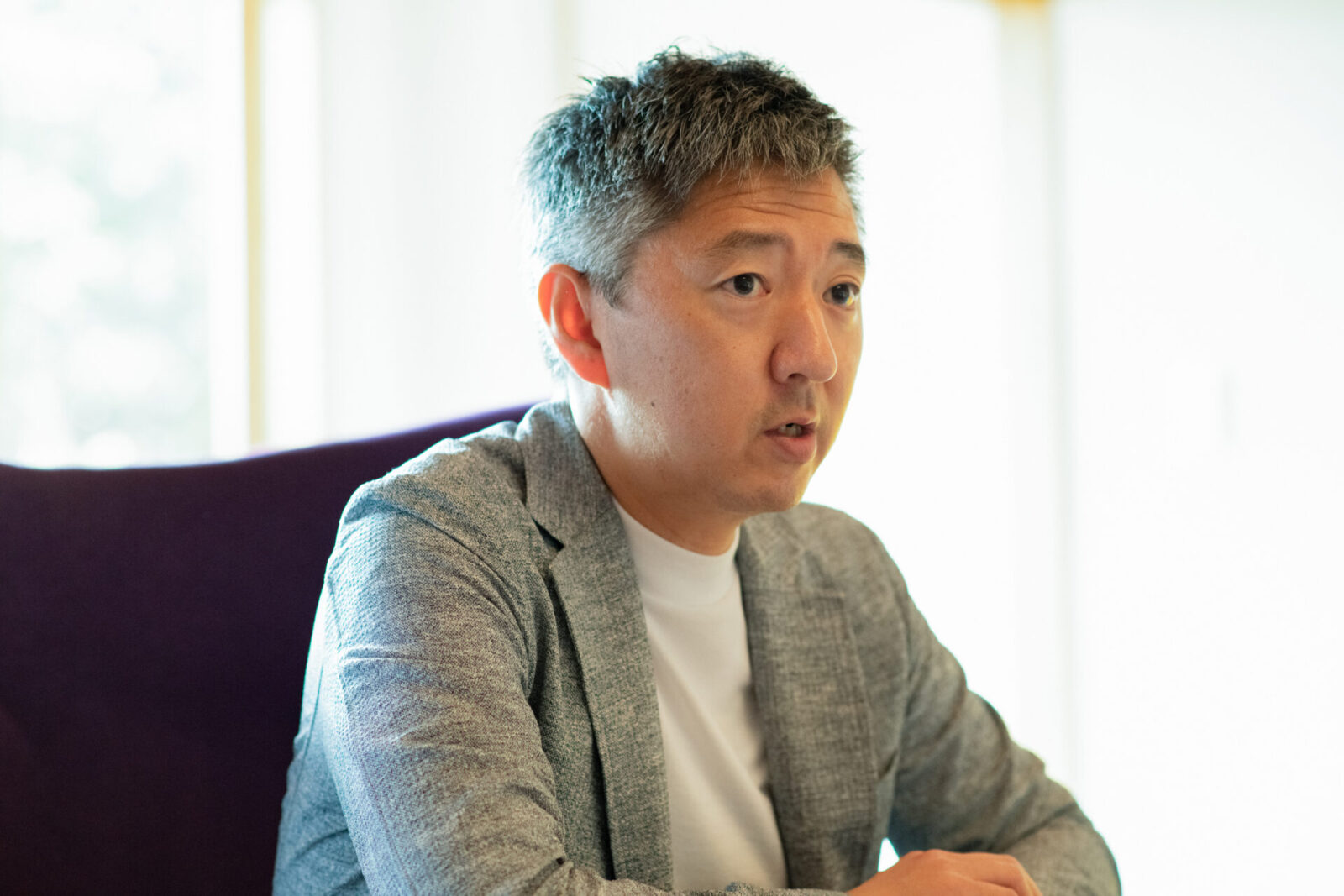
He was raised as a “rich boy” who was the successor of the ryokan business that had 200 employees. After dropping out of a university in Tokyo, he lived a carefree life in an apartment building in Fukuoka that they used as a sales office.
However, when the ryokan business faced hard times, the sales office was closed. While the family business was in peril, Kohara and his sister asked their father to give them all of Watayabesso’s annex. This deeply disappointed their father and in his dismay, he kicked them out.
With no real experience, he started a new business with his sister, but it failed shortly after.
After a few years, he apologized to his father and they made up. His father helped him get a job at the consulting firm that was working on revitalizing the Watayabesso.
“From age 25 to 35, I spent 10 years at the revitalizing consultant firm working on over 80 ryokans around Japan and investigating more than 400. I never found a ryokan that had a more troublesome son and daughter successor than what we had been. It made me realize that the life I had been living before was like playtime.”

After changing his ways and working at the consulting firm, Kohara took over his family’s business. What awaited him was tight finances and unpaid debts to business partners.
“Back in 2013, we had 350 million yen in unpaid bills. I realized how my family business was causing trouble for a lot of people and felt very ashamed. I decided my first job was to first pay off all our debts.”
“As I learned to do at the consulting firm, I ensured the banks and local government office that I would neither run nor hide. Thanks to the hard work of our staff, we were able to pay off our debts in two and a half years.”
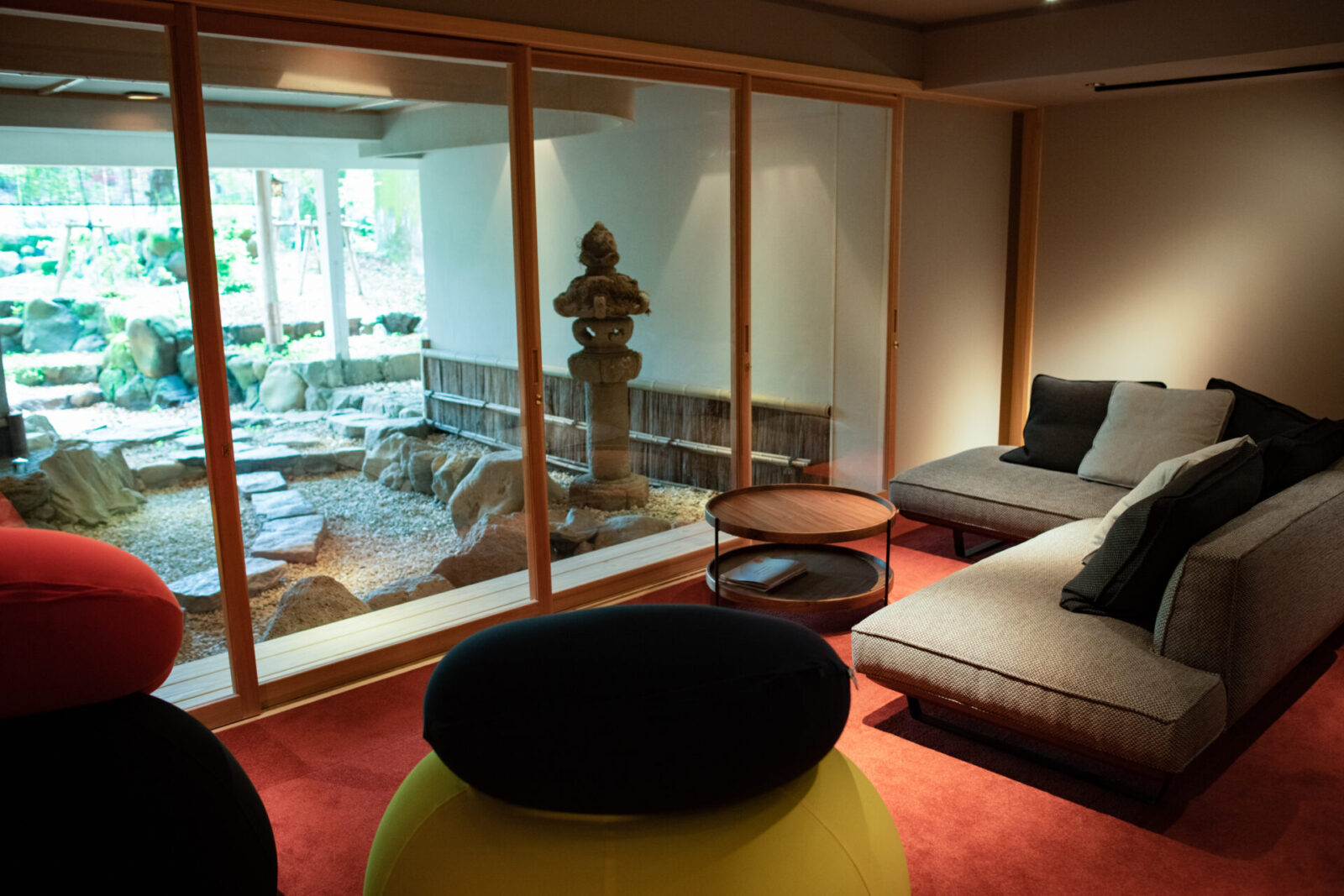
Ureshino Tea Time by the locals, for the locals
After getting his family business back on track, people around him started suggesting that he should do something more for the local community in Ureshino. Although his mind was full with fixing the ryokan’s finances first, he eventually began to feel the need to contribute to revitalizing the local region as well.
This was the beginning of Ureshino Chadoki or “Ureshino tea time”, which put forth the concept of tea tourism.
“I made the project proposal in May of 2016. The proposal didn’t include a single word of text, but rather, it was made from a collection of photos of hotels and restaurants in Tokyo and tea houses in Kyoto.”
“Next, I contacted other people in the industry, such as inn owners, tea farmers, and pottery owners, and we all connected on Facebook Messenger. At first, I think everyone joined just to see what would happen, but from morning till night I made an effort to make constant communication in the group.”
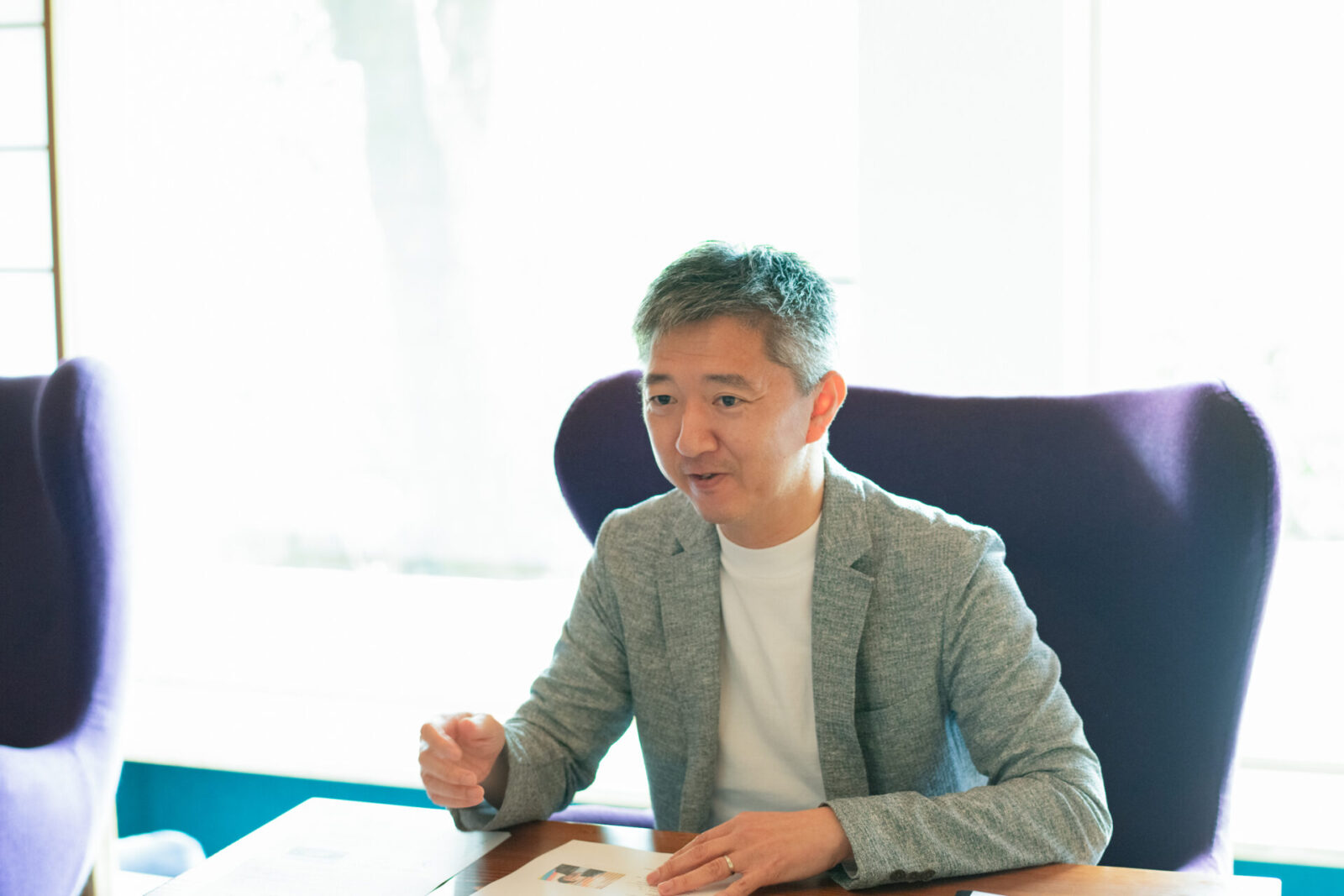
Three months later in August, he held an event at his ryokan called Ureshino Saryo, or “Ureshino Tea Room.” At the event, the tea farmers prepared the tea and served it directly to the customers.
Kohara says, “The biggest attraction of Ureshino is that the tea farmers are able to interact with visitors.”
“I had the tea farmers dress top to bottom in white chef coats. They stood on stage and presented their tea to the customers. From the start, the event was a huge hit.”
The price of one cup of tea was 800 yen. At first, the tea farmers were skeptical of the pricing. Some of them thought it was too expensive and that the price should be about 300 yen.
“In such a fancy setting, serving tea at 300 yen would have been ridiculous. I convinced them that the fact that the tea farmers themselves were serving the tea justified the price of 800 yen. In the end, not a single customer complained about the price being too high, and we achieved 70 thousand yen in sales in three days.”

The success of this event kick-started the project and by March 2017, the first Tenchadai, a tea table set on a hill overlooking Ureshino, was built in the tea plantation of Soejimaen. It was a new endeavour to make a tea plantation into a space of experiencing tea.
In the background of this new project was an issue that the Ureshino tea industry was facing at the time.
“In the 500-year history of Ureshino tea, the only thing the tea farmers had monetized was the tea leaves themselves. It was the first time they turned a tea experience and ‘space’ into money.”
“Ureshino Chadoki created a new and profitable way to make money through tea tourism. In the future, we hope this will lead to a change in the portfolio of household income for Ureshino tea farmers.”
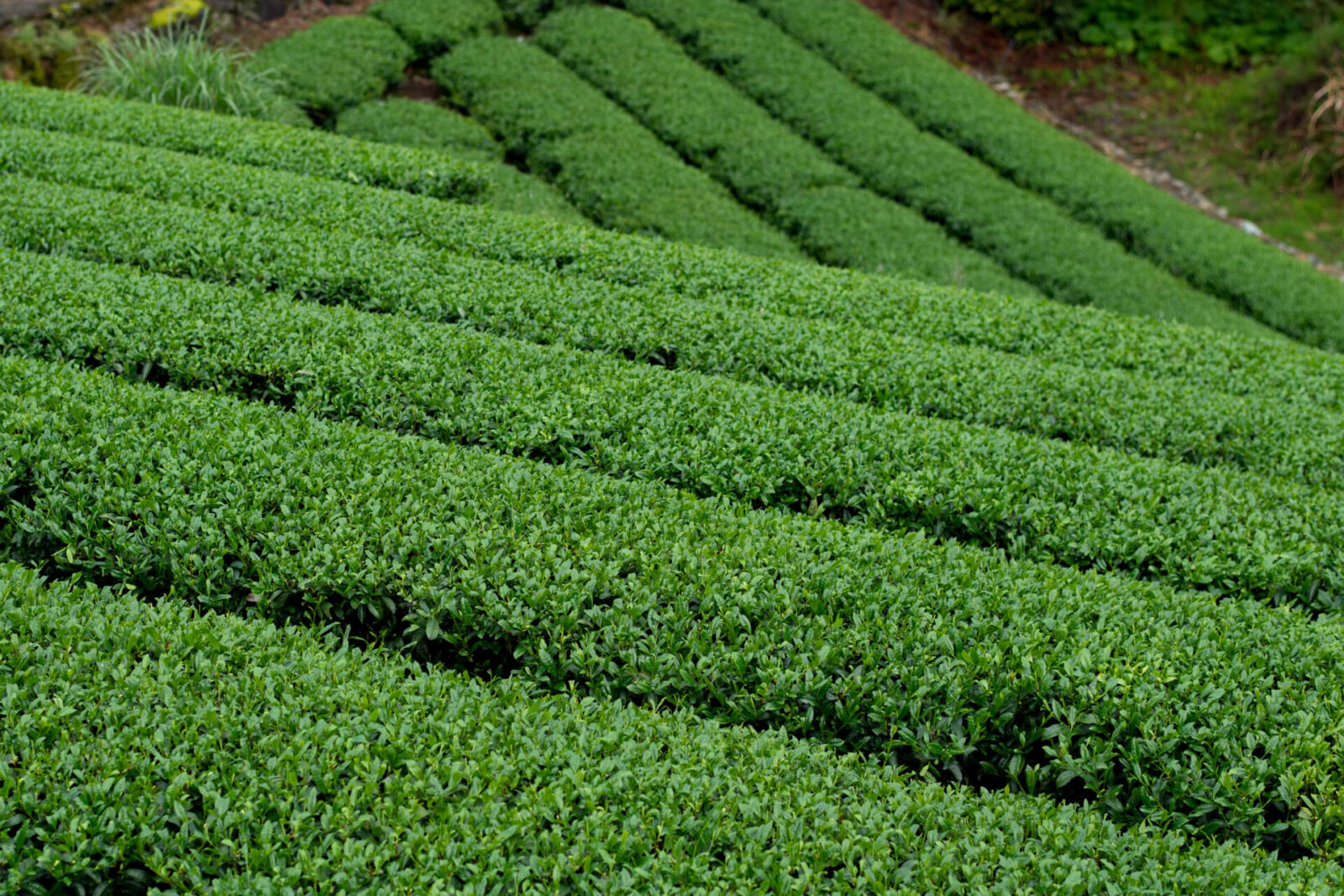
A unique “tea time” cultivated in a town surrounded by tea fields
Ureshino Chadoki was a project organized by a private group, but in 2019 the local government also became involved. It became a project for the whole town of Ureshino, and was the start to “Tea Tourism” that involved the local community.
From the start, they insisted that this project be run by locals, including local producers, directors, and designers. Most of the people involved in the project were current residents or those who call Ureshino home and the project was self produced by everyone involved.
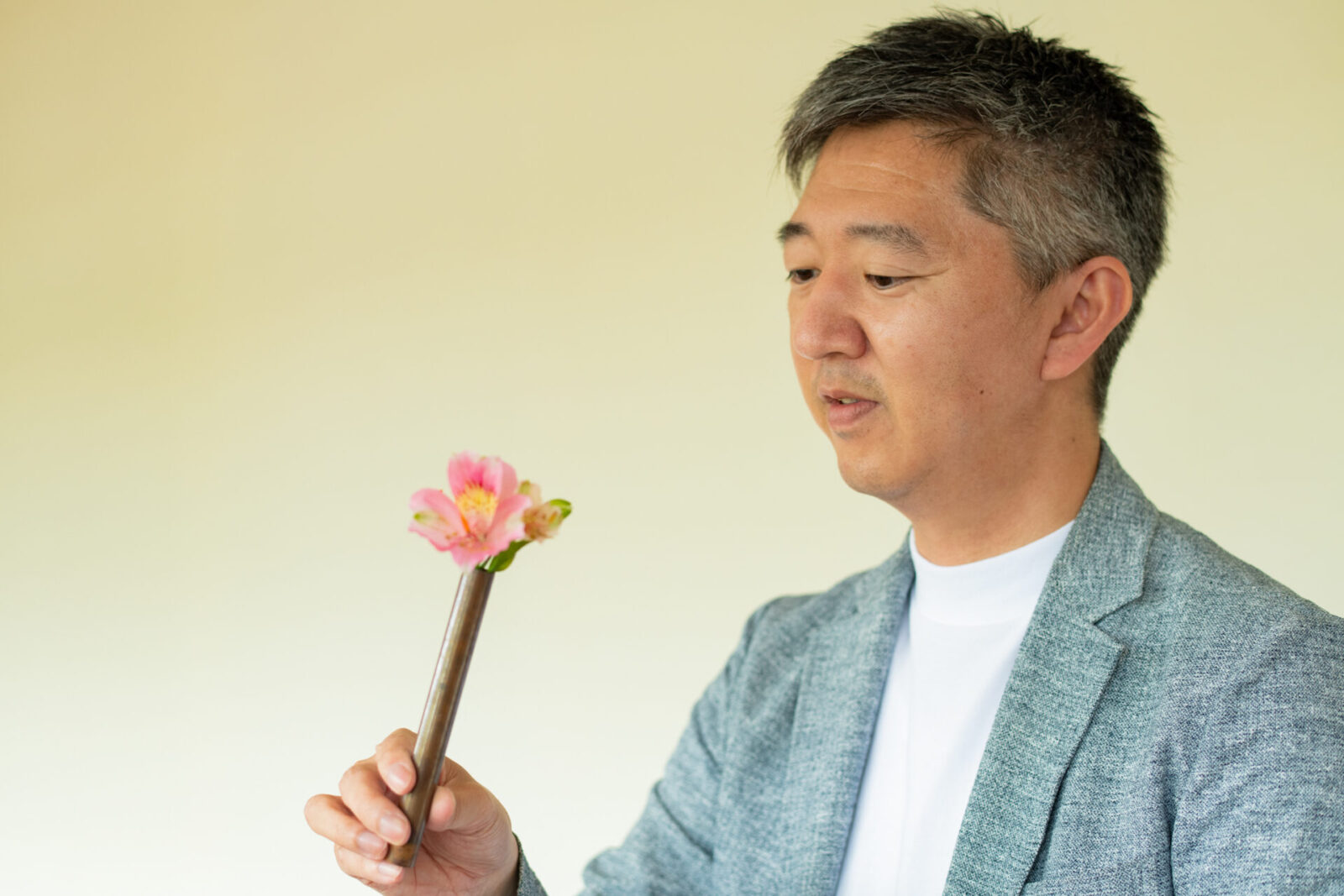
Kohara acted as the leader for “Tea Tourism,” but he says he was embarrassed to find out how little he actually knew about Ureshino tea.
“I didn’t know anything about how or when tea is grown or harvested. I had been running my ryokan without this knowledge. Until 3 years ago, the first item on our drink menu was coffee. We were not representing Ureshino tea well at all. This experience changed our ryokan and ourselves.”
Lastly, Kohara explained what makes the Ureshino tea experience special.
“I believe that the most beautiful time of year at Ureshino is when the tea farmers are working hard in their plantations and harvesting tea. Ureshino has beautiful mountains, rivers and scenery, but the surrounding tea plantations also add to its beauty.”
“Having a 500 year history in tea cultivation is an amazing feat. All these years, the people of Ureshino have enjoyed tea. This history alone is a true asset and treasure of our community.”
The tea plantations shimmered with the fresh green color of young tea leaves.
We found that “Tea Tourism” was founded on the love that the tea farmers, ryokan owners, and local residents shared for tea, and their cherished tradition of enjoying tea time.
Photo: Kawashima Yuko
Translation: Sophia Swanson
Born in 1990, Nagasaki. Freelance writer. Interviews and writes about book authors and other cultural figures. Recent hobby is to watch capybara videos on the Internet.
Editor and creator of the future through words. Former associate editor of Huffington Post Japan. Became independent after working for a publishing company and overseas news media. Assists in communications for corporates and various projects. Born in Gifu, loves cats.
